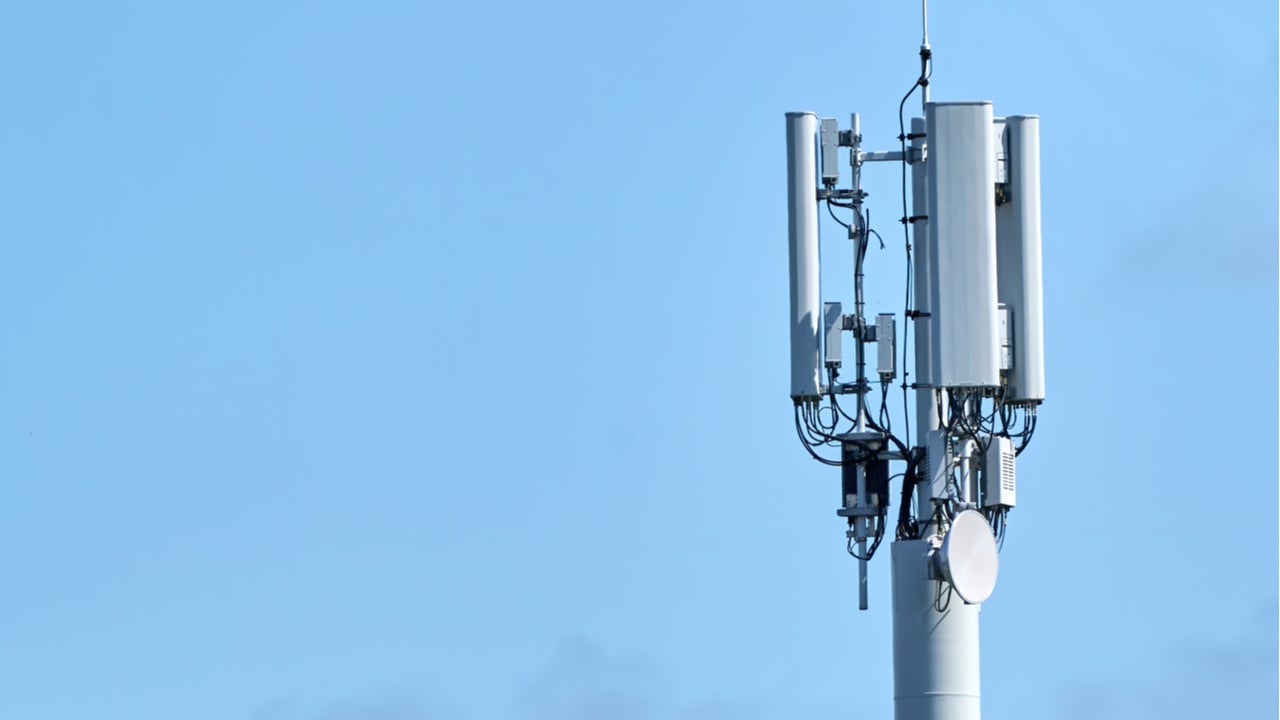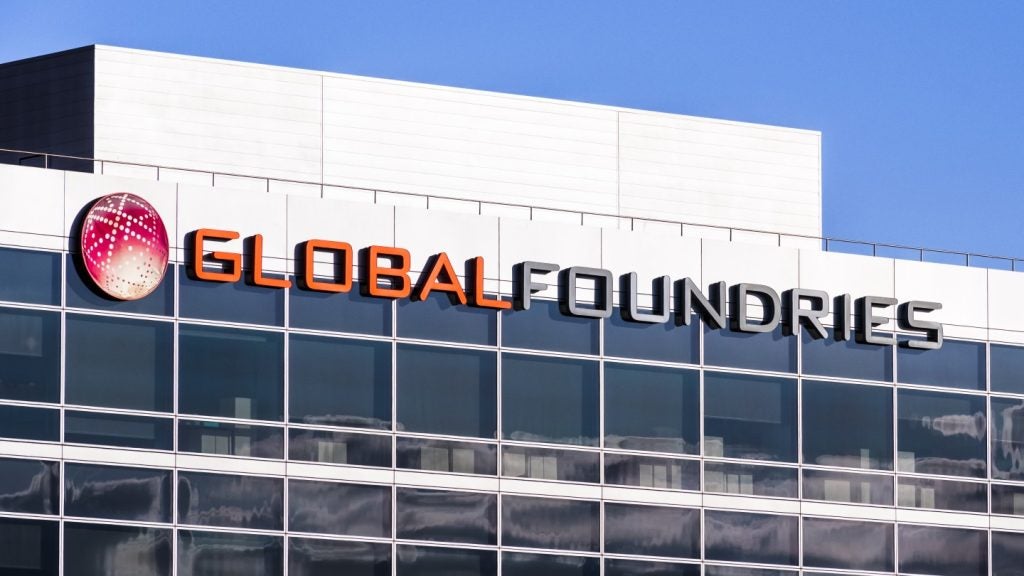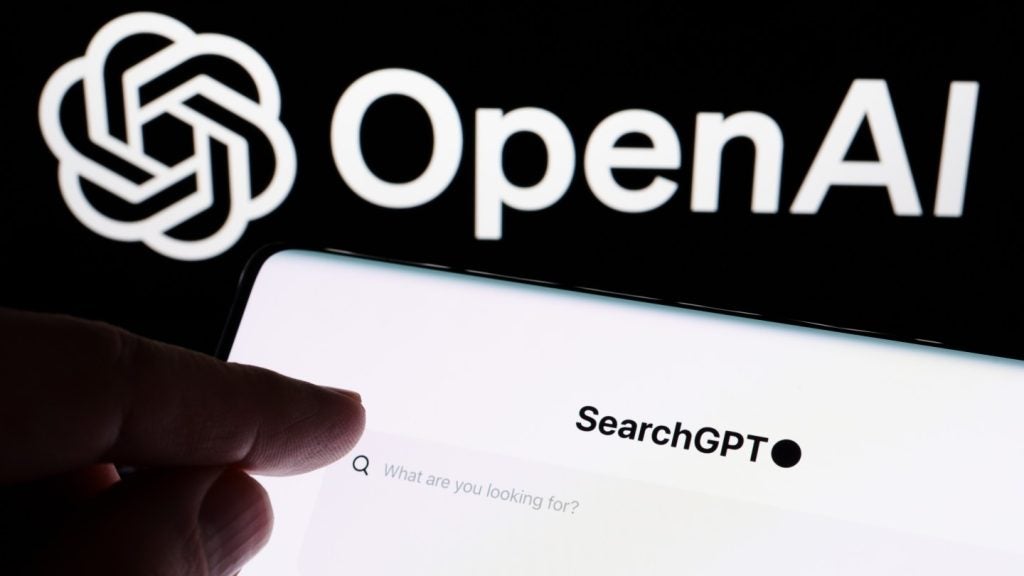
This week, UK mobile operator Vodafone has announced that it will deploy “Europe’s first commercial OpenRAN network”, deploying 5G technology to rural areas using Samsung software among other things. But what does that mean?
OpenRAN stands for “Open Radio Access Network”. In essence it’s a framework of open standards which allows a mobile operator like Vodafone to assemble a network using pieces of technology from many different vendors. Traditionally, a base station providing mobile coverage to the area around it would be supplied by one vendor – for instance Ericsson or Huawei. The radio units, processing hardware, network connection and software would be an integrated stack.
Under OpenRAN, the operator can choose a supplier for each piece of the solution, as they all comply with the same standards and can all work with each other.
According to Vodafone CTO Johan Wibergh:
“OpenRAN provides huge advantages for customers. Our network will become highly programmable and automated meaning we can release new features simultaneously across multiple sites, add or direct capacity more quickly, resolve outages instantly and provide businesses with on-demand connectivity.
“OpenRAN is also reinvigorating our industry. It will boost the digital economy by stimulating greater tech innovation from a wider pool of vendors, bringing much needed diversity to the supply chain.”
Vodafone has chosen Dell, NEC, Samsung Electronics and Wind River to provide the different pieces in its inaugural OpenRAN rollout, which will see new equipment installed in 2,500 rural locations across Southwest England and Wales to deliver 4G and 5G connectivity. The new kit will also, of course, provide legacy 2G service, still vitally important to many users. Capgemini Engineering and Keysight Technologies will provide integration and test support, ensuring that the different parts of the network work with each other.
The open nature of the project is illustrated by the different pieces of the solution. OpenRAN apps and virtualised 5G radio software from Samsung will work inside a containerised cloud-native environment from Wind River, itself running on commercial-off-the-shelf Dell EMS PowerEdge servers. This setup will permit Vodafone to update and change software much more easily.
The radio units themselves will be “white box” kit, in which detailed specs are openly released so that any vendor can develop compatible equipment. The Evenstar white-box radio effort comes from the Telco Infra Project (TIP), which was also instrumental in setting up OpenRAN.
White-box strategies will be familiar to many readers from the Open Compute Project, which has shaken up the data centre business over the last decade in much the same way that the TIP aims to shake up the world of networks and telecommunications. It’s no surprise, then, to find that both Open Compute and the TIP were kicked off by Facebook. The web giant, as a major operator of data centres, has benefited hugely from efficiencies brought in by Open Compute.
Facebook is not a telco, of course, and has no desire to be one. But if more people have better and more affordable internet connections, especially mobile ones, that’s a very good thing for the Menlo Park headquartered goliath. OpenRAN, Evenstar and other TIP initiatives look set to bring costs down and capabilities up in networking equipment, which should mean that telcos like Vodafone can hook up more customers to high-quality 4G and 5G connections at lower prices.
That’s a good thing from other points of view than just Facebook’s, perhaps. Until OpenRAN got rolling, telcos around the world often tended to go to Chinese equipment vendors such as Huawei and ZTE, as Western firms typically couldn’t match them on price. Recently, many governments, concerned over potential Chinese government espionage access to Chinese-made equipment, have banned Huawei from their 5G rollouts. This has led to gloomy predictions of increased prices and sluggish deployment, perhaps holding back growth and opportunities in such nations. OpenRAN and other TIP initiatives could now serve to compensate for, or even wipe out, the traditional price advantage of Chinese technology.
It’s notable that most of the big Western networking names – Cisco, Arista, Juniper, VMware, HPE – are TIP members, but Huawei and ZTE are not.
However, OpenRAN comes with potential downsides. More vendors could mean more complexity and its unfamiliarity could take time for mobile operators to become accustomed to. It’s also likely to require more interoperability testing and integration.
From September 2021, UK mobile operators will no longer be allowed to install new telecommunication equipment made by Huawei. Since the government made this decision it sought expert advice for a way to diversify the telecommunication supply chain, with OpenRAN the leading contender put forward due to the difficulty in creating a domestic rival to Huawei, Nokia and Ericsson.
CCS Insight analyst Richard Webb says there is “no doubt” that OpenRAN is “helpful” for Samsung in its efforts to break into 5G networking and that the Vodafone partnership is a “major breakthrough.”
He added: “Although Ericsson and Nokia have established market leadership in Europe, there is room for alternatives. Now that Huawei’s position has been undermined by trade restrictions, it leaves the door open to Samsung to stake a claim for a growing share of the market.”
But will Vodafone’s OpenRAN launch spark large-scale rollouts elsewhere?
Edward Gubbins, principal analyst at GlobalData, believes that it’s “very possible”.
He adds: “One reason is that other large-scale OpenRANs, like Rakuten in Japan, were new greenfield networks, but Vodafone is applying OpenRAN to legacy radio technologies too, such as 2G, which makes it more relevant to most operators.”
However, he said questions remain as to “how quickly and how widely” operators will deploy OpenRAN.
“They may take their time, and they may start out with limited deployments. But I think Vodafone’s deployment will help catalyse some of that activity in any event.”
According to Gubbins, companies including Altiostar, Mavenir, Parallel Wireless, NEC, Fujitsu and Samsung stand to gain from a shift to OpenRAN.
But for some established telecommunications equipment providers – particularly Ericsson, Huawei and ZTE – it could mean a significant loss of business. It’s notable that Ericsson isn’t a TIP member either.
As Matthew Evans, director of markets at techUK, previously put it, OpenRAN is “breaking apart the monolithic architectures we currently have with vendors”.







